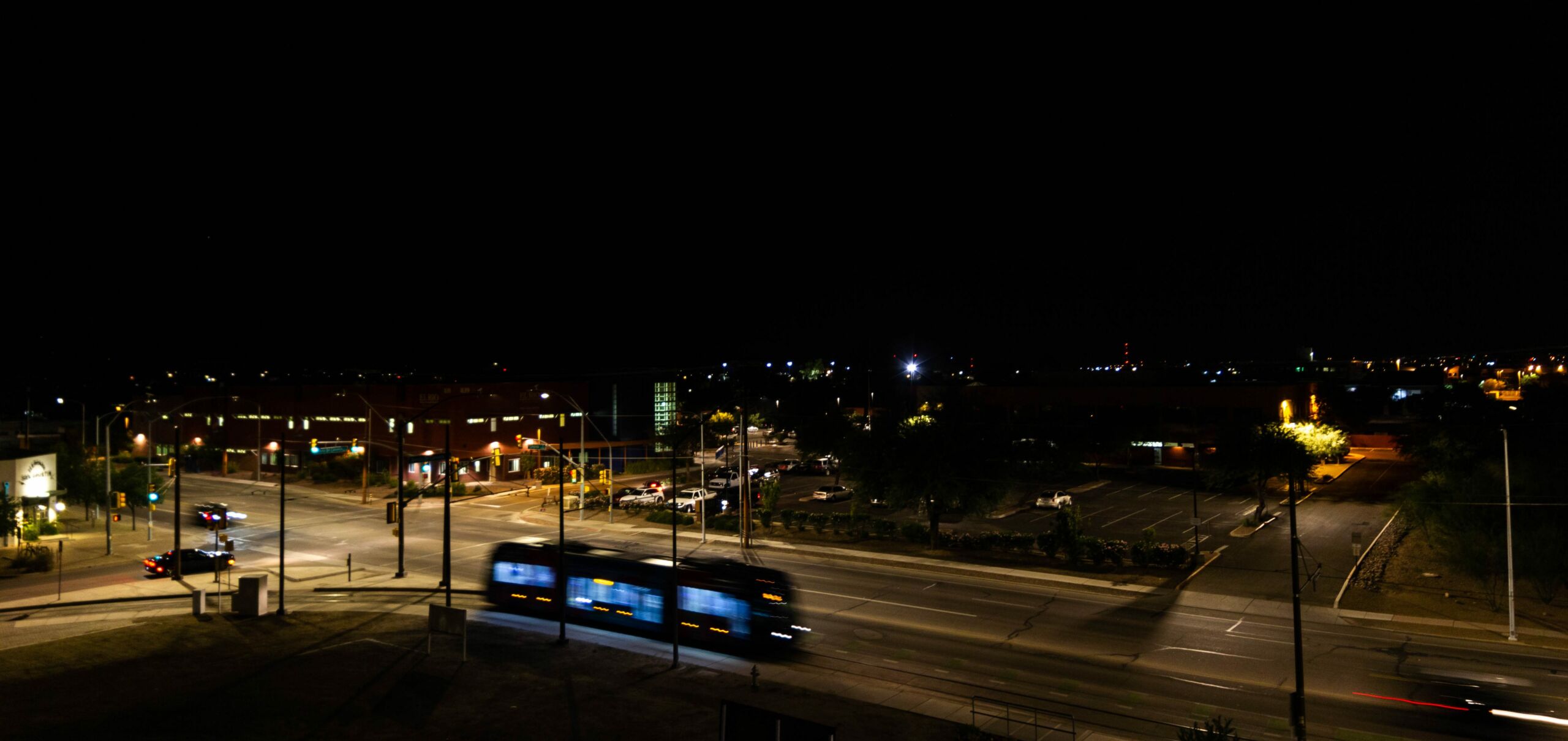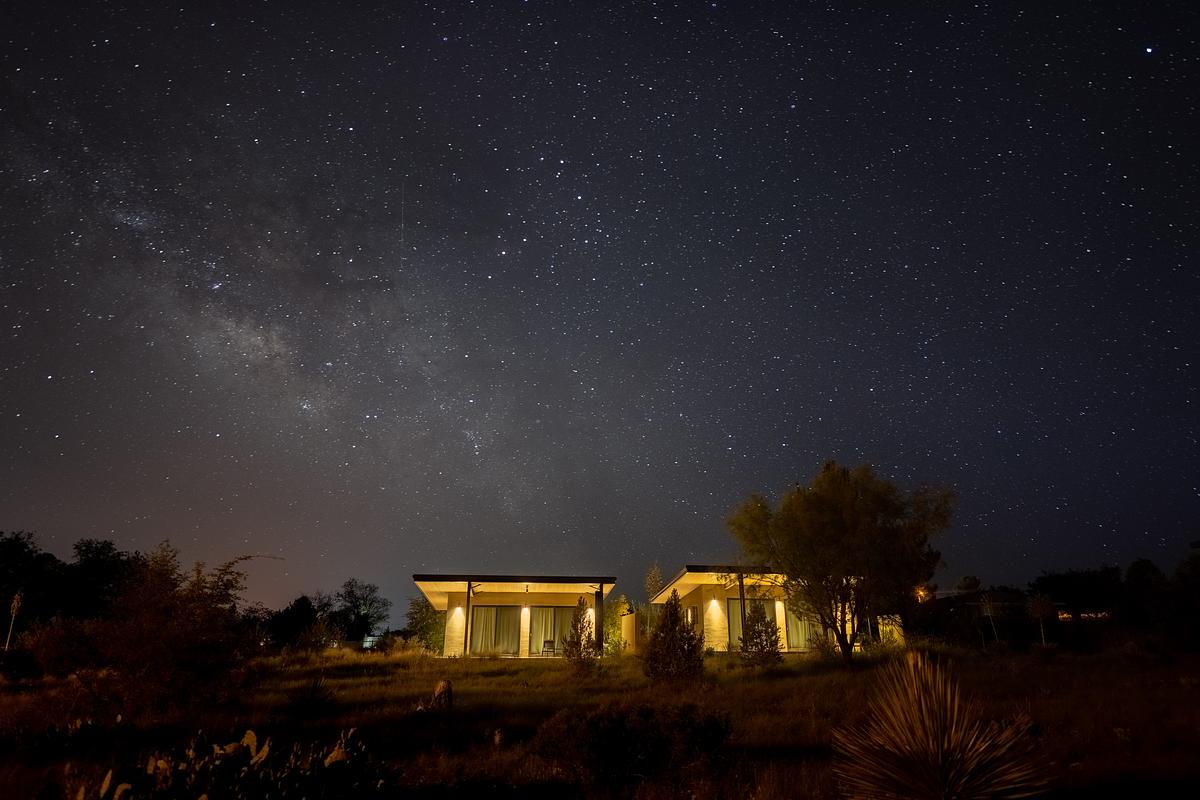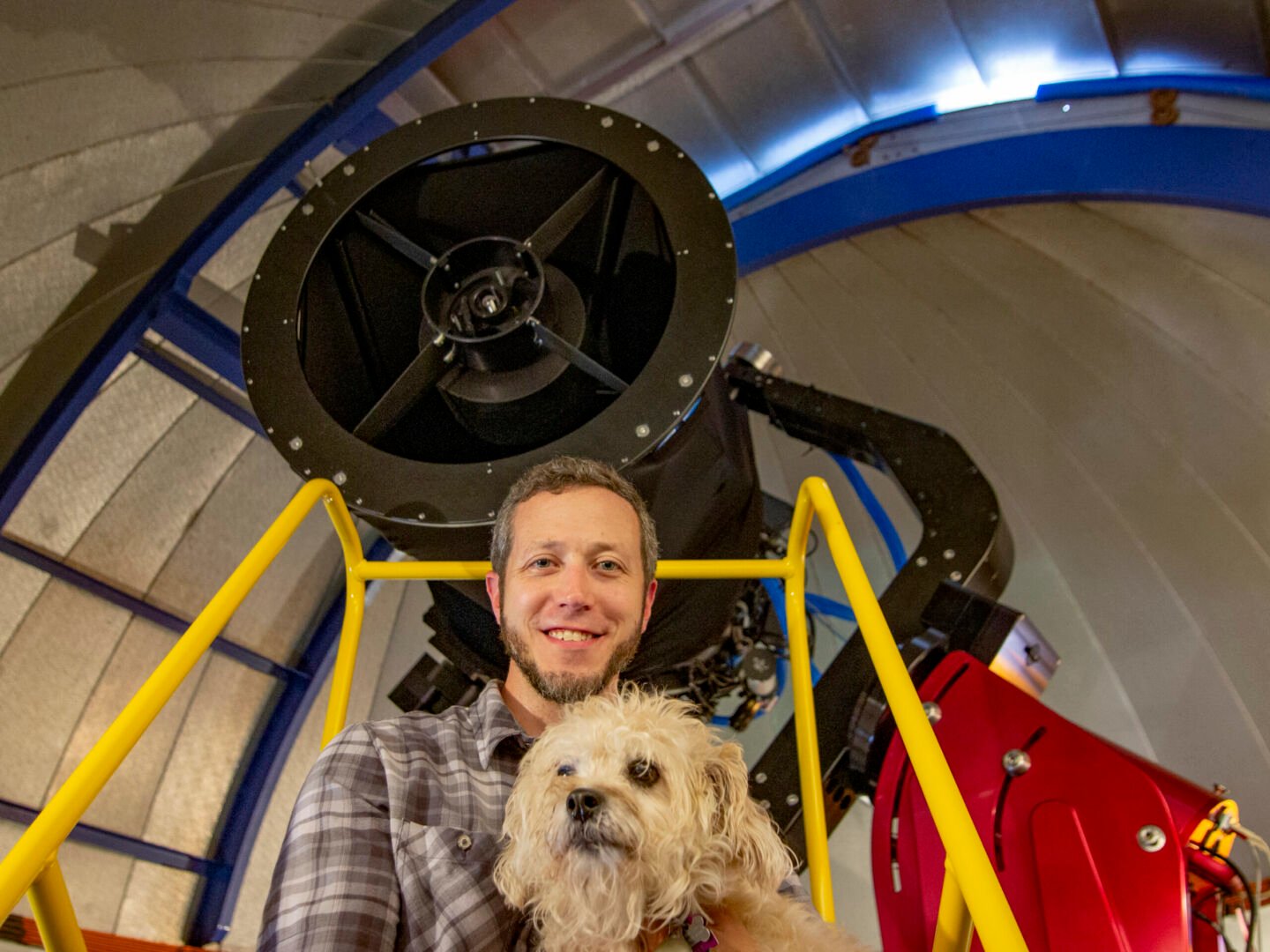
A Values-Centered Approach to Nighttime Conservation

DarkSky’s Board of Directors adopted a policy implementing the Five Principles for Responsible Outdoor Lighting on January 28, 2021. The Policy is intended to inform our ongoing work to protect the night from light pollution. Read the full resolution here.
What we are doing: The DarkSky Board of Directors has adopted a resolution recommended by the Technical Committee establishing as a matter of organizational policy an interpretation of the DarkSky-IES Five Principles for Responsible Outdoor Lighting, which were adopted in 2020. The resolution sets the stage for all related DarkSky activities, including how we communicate about outdoor lighting and how technical aspects of lighting inform our programmatic activities. Over the coming months and longer we will progressively adapt what we do to align with this resolution.
What the resolution covers: The resolution affects three things.
First, it establishes the DarkSky interpretation of the Lighting Principles, which is that the interplay of all five principles must be considered in the design, installation and use of outdoor lighting, and that treating the principles in isolation from one another is insufficient to address the growing global problem of light pollution: “Unless all five factors are considered in lighting decisions, the trends of the past decades will continue, and quite possibly accelerate.”
Second, it adds to previous DarkSky guidance on outdoor lighting several specifics implied by the Lighting Principles. These are:
- Critically sensitive environments should be kept dark, and regions surrounding these sites should only make use of lighting that emits no light at wavelengths shorter than 520 nanometers.
- The use of direct uplight should be avoided.
- Over-lighting relative to task-related needs should be prevented by maintaining illuminances as close as possible to the minimum levels recommended by widely recognized professional standards bodies.
- The correlated color temperature of lighting used in most outdoor applications should not exceed 2200K, and where light with a larger fractional emission of short wavelengths is desired, it should be carefully controlled through stringent application of the other Lighting Principles, such as lower intensity, careful targeting, and reduced operation time.
- All outdoor lighting should be actively controlled through means such as dimmers and motion-sensing switches so as to reduce illuminances or extinguish lighting altogether when the light is not needed.
Finally, the resolution codifies two conservation goals:
- To lower the global rate of outdoor artificial light at night consumption to no more than the rate of population growth in a given region, while not conveying any economic disadvantage to people in developing regions and countries; and
- To prioritize restoring intrinsic nighttime darkness in circumstances where it is possible to do so.
Why we are doing this: The Five Principles are the culmination of what DarkSky has been saying for years, packaged into a concise statement. For too long we have failed to recognize that none of the lighting principles exists in isolation, and that changing any one without considering the others risks adverse effects. It’s also from a growing recognition that “light pollution” is the sum of many influences resulting in wasted light. Doing justice to the problem means making sure that we’re not overlooking anything. It also helps ensure that our work is adaptable to future changes in lighting technology and the scientific understanding of the problem of light pollution.
What it means: DarkSky will:
- Advocate for maintaining intrinsic darkness in places where it still exists, and campaign for the prohibition of outdoor lighting use in environmentally sensitive areas.
- Take a strong stance against the use of broadband light sources in the vicinity of sensitive and protected areas, especially those that contain a significant short-wavelength component.
- Press for outdoor lighting policies that place constraints on outdoor illumination levels that are as close as possible to the minimum safe recommended values set by widely recognized standards bodies.
- Continue our call for a stronger evidence basis in how lighting standards are established so as to ensure those standards are consistent with the best available, peer-reviewed scientific data.
- Encourage and recognize progressive and innovative outdoor lighting design that clearly conveys how it limits light pollution to the greatest practical extent while ensuring public safety and the most efficient use of outdoor spaces at night.
What it doesn’t mean: The resolution does not imply any general loosening of recommendations around any particular aspect of lighting. We continue to believe that outdoor lighting should be fully shielded and directed toward the ground in order to prevent direct emission of light into the night sky. We further believe that lighting should be aimed only at target surfaces and should not be allowed to trespass beyond. Although the resolution recommends 2200K for most general lighting applications, we will not at this time lower the Fixture Seal of Approval Program correlated color temperature eligibility threshold from the current value of 3000K.
Resources for users
We have prepared a number of sources of education for users of the resolution. For more information, see the Values-Centered Outdoor Lighting landing page.



















